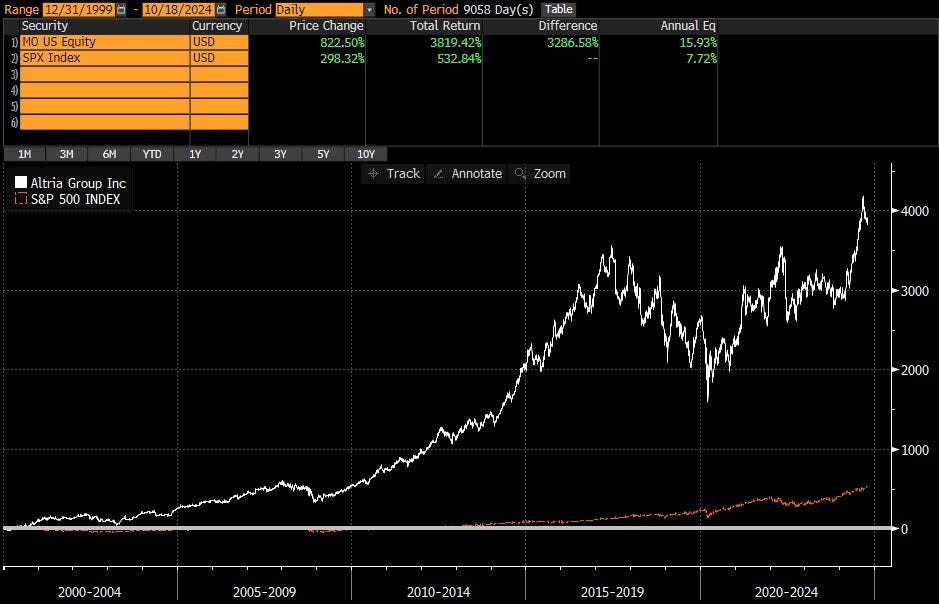Investing in Distressed Detested Assets
“You pay a very high price in the stock market for a cheery consensus.” Warren Buffett
“In the financial markets, hindsight is forever 20/20, but foresight is legally blind. And thus, for most investors, market timing is a practical and emotional impossibility.” -Benjamin Graham, Mr. Buffett’s mentor
(Note: This introduction is a personal reminiscence – and confession – by the Senior Haymaker.)
It seems like only yesterday. Actually, it was over 45 years ago when I was hired into the brokerage industry by a man who should have known better than to bet on a 23-year-old with zero finance experience. (Ironically, the person who made that decision, the then-manager of Dean Witter, Bellevue, Wa., would eventually be my partner at Evergreen Capital Management, now Evergreen Gavekal.)
Part of the basic training to be a “Witter Critter” back then was to pitch an idea to one of the firm’s star brokers. He was a Southern smoothie, first name Leroy, who had more than a little snake oil salesman in his DNA. Many years ago, he migrated to the big boardroom in the sky but, in those days, he struck as much fear into the hearts of my training class as did any drill sergeant at Fort Ord, about 80 miles south of San Francisco where Dean Witter trained its newbies back then.
We were all put through the terror of pitching Leroy on our best investment story on stage in front of the entire class. At the time, the economy was beset by both high and rising inflation and interest rates. Based on the hostile market and economic environment, and well knowing that Leroy would pounce on any stock not reflecting that condition, I decided to hedge my bets by providing two ideas. The first was a put option (i.e., bearish) play on GM. The second was a long on America’s best tobacco company, Philip Morris, now known as Altria. (The ticker symbol remains MO.)
Here’s how it did over the next 20 years (the white line is MO, the orange is the S&P; also, the Bloomberg data prior to the summer of 1980 is somewhat unreliable, but the following is close enough for government work):
My point in showing this is not to blow my own horn. In fact, as I recall, Leroy was not a fan. His disdain was probably due to my bumbling presentation rather than Philip Morris’s fundamentals. As it turned out, it was well-positioned to withstand both the intensifying burst of inflation and the impending severe recession. Consequently, it significantly beat the market over the next three years. (The GM puts also worked quite well over the following few years.)
Instead of this being a pat on my back, 20 years later Philip Morris actually turned out to be an example of a massive mistake on my part. By 1999, as many have forgotten, the U.S. tobacco industry was at risk of being litigated into the type of mass bankruptcy that hit asbestos producers. The threat was so severe that I sold all the MO stock my clients held.
Here's how MO has done since 1999 (white line), including dividends, versus the S&P 500 (orange line).
To say that bailing on MO was a poor decision is a gross understatement. In reality, it was a colossal blunder.
By 2020, I was having an MO déjà vu moment with Evergreen’s energy holdings. Pundits like Jim Cramer were constantly pontificating that oil and gas securities were “un-investable”. Fortunately, though, I had learned a hard lesson from my earlier blunder. It also was clear to me that oil and gas producers were essential to humanity’s well-being, despite the torrent of negative press at the time.
Moreover, they didn’t make products that killed people prematurely, unlike cigarette companies. Yet, four years ago they were being compared to the tobacco industry. This caused me to write one of my favorite missives ever, Totally Toxic, in December 2020 (there’s a link at the end of this note). My overarching theme in that piece was that energy stocks, like tobacco shares in 1999, were phenomenal bargains. This is how the energy sector has done versus the S&P since then:
Energy Sector (XLE) vs the S&P 500 since December 2020
The relevance with today is that there is another industry that is presently quite out of favor due to its political incorrectness. That would be the coal producers, the subject of this Guest Haymaker edition.
Trader Ferg, as he’s known in the financial media world, has become a good friend of Team Haymaker over the last year or so. You may recall his work on palladium which we highlighted last spring. (Palladium has had a nice run lately, including a 13% pop the last two days.)
Earlier this month, Ferg put out a note about the coal sector’s stubborn refusal to accept Endangered Species status. Despite my long aversion to this group — I’ve preferred natural gas as a much cleaner-burning alternative — his logic has caused me to doubt my views. As you will read, coal usage has risen since 2010 despite all the attempts to eliminate it from the planet’s energy equation. Of course, this is mostly a result of a dramatic surge of coal use in the developing world, a trend that shows no signs of ending.
As Ferg notes, this is another example of The Economist whiffing badly on one of its cover stories, something it excels at like no other high-profile publication. Also, pay special attention to the section that describes the difference between actual power generation and capacity. This is a reality that the innumerable fans of renewable energy conveniently ignore.
To save you time, we’ve abbreviated his piece by about half. In the process, we removed his stock recommendations, for brevity and also because several of them are very hard, if not impossible, for U.S. investors to buy. However, Ferg is a big fan of Peabody Energy, Consol Energy, and Arch Resources (the latter two are merging), all of which trade on the NYSE, and they do look deeply undervalued, in my opinion. Despite that, don’t expect the kind of smokin’ returns MO has produced since I made my ill-fated decision at the dawn of this century. I’d sure like to have that one back, but, sadly, there are no mulligans in the stock market.
We’ve also linked to our summary of Ferg’s recent interview with Coal Trader. You’ll find that at the end of the excerpted article.
Enjoy!
The Big Addition
Trader Ferg
(Article Excerpts)
In keeping with my “where will this be in five years” theme today I’m tackling thermal coal, which I started investing in early 2021.








